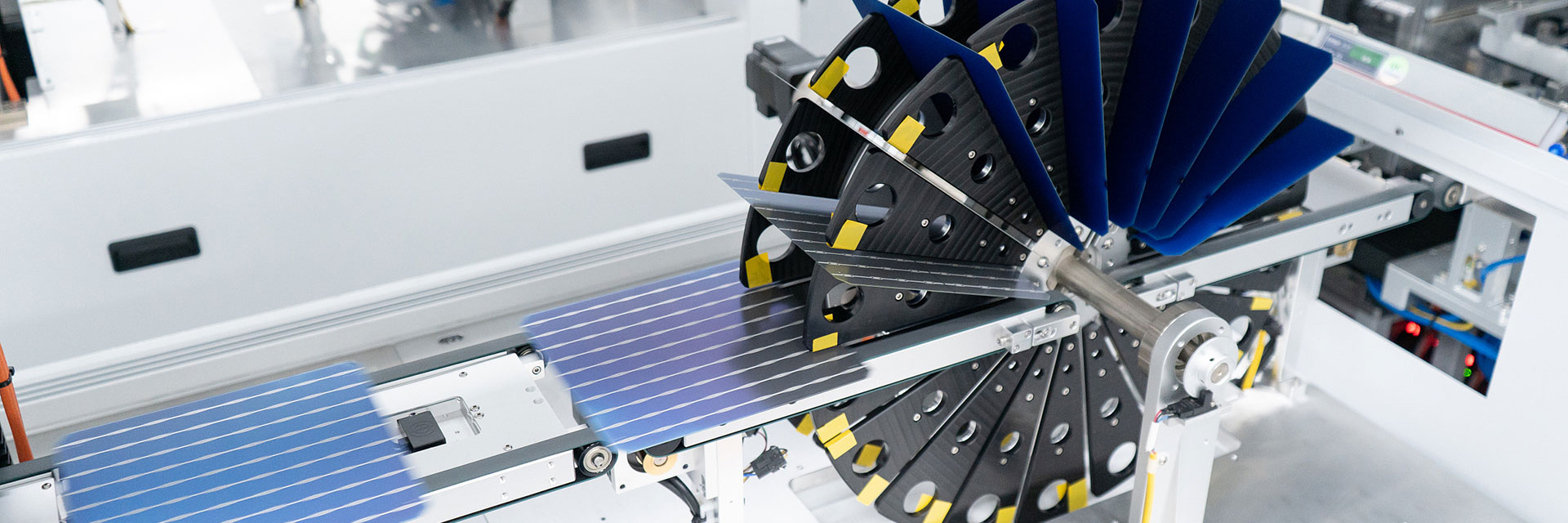What is the difference between PERC and TOPcon solar cells in photovoltaics?

In the ongoing development of the global photovoltaic industry, two solar cell technologies – PERC (Passivated Emitter and Rear Cell) and Topcon (Tunnel Oxide Passivated Contact) – have been receiving significant attention. Differences between these two lie in aspects such as cell performance, efficiency, and manufacturing processes.
Firstly, from a technical perspective, PERC technology modifies traditional crystalline silicon solar cells by introducing an oxide film on the back surface of the cell, enhancing light absorption and electron collection efficiency at the rear. In contrast, Topcon technology introduces a novel cell architecture, altering the conventional structure with a thin tunnel oxide layer on the rear to improve electron collection efficiency and boost overall cell performance.
The rear structures of PERC and Topcon cells also exhibit notable differences. The introduction of an oxide film forms an insulating layer on the backside of PERC cells, helping reduce reverse recombination and loss of electrons. Conversely, Topcon cells incorporate a tunnel oxide layer that exhibits excellent electronic transport properties, allowing for efficient electron collection and reduced electron recombinations losses.
From a manufacturing process standpoint, PERC cell fabrication involves fewer changes compared to traditional crystalline silicon cells. The primary alteration lies in adding an oxide layer to the rear side of the cell, involving relatively matured processing techniques. Meanwhile, the manufacturing process for Topcon cells is more complex due to the requirement of tunnel oxide layer preparation and optimization, necessitating higher levels of process control.
In terms of performance and efficiency, the addition of an oxide layer to the rear of PERC cells enhances light absorption and electron collection, improving overall cell efficiency. On the other hand, Topcon cells’ ability to achieve more efficient electron collection through the tunnel oxide layer results in even higher cell efficiency potential.
To summarize, PERC and Topcon are distinct photovoltaic cell technologies. Although both aim to enhance solar cell performance, Topcon, as a newer technology, presents higher efficiency potential and innovation. However, it’s worth noting that both technologies offer their own strengths, and the ultimate choice depends on specific application needs and preferences.
Simultaneously, new breakthrough technologies with more efficient and economic ways of utilizing sunlight are eagerly anticipated, contributing significantly to global sustainable development. Regardless, the future of the photovoltaic industry holds boundless possibilities and challenges, warranting our attention and anticipation.

